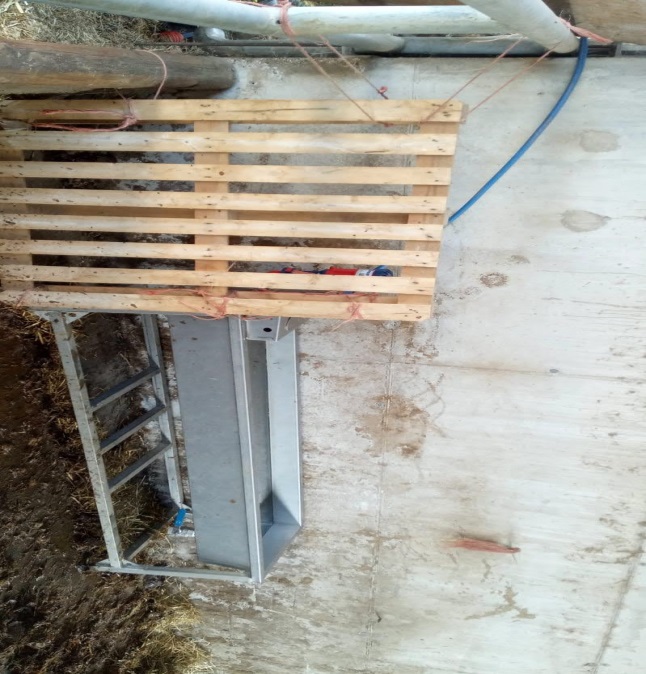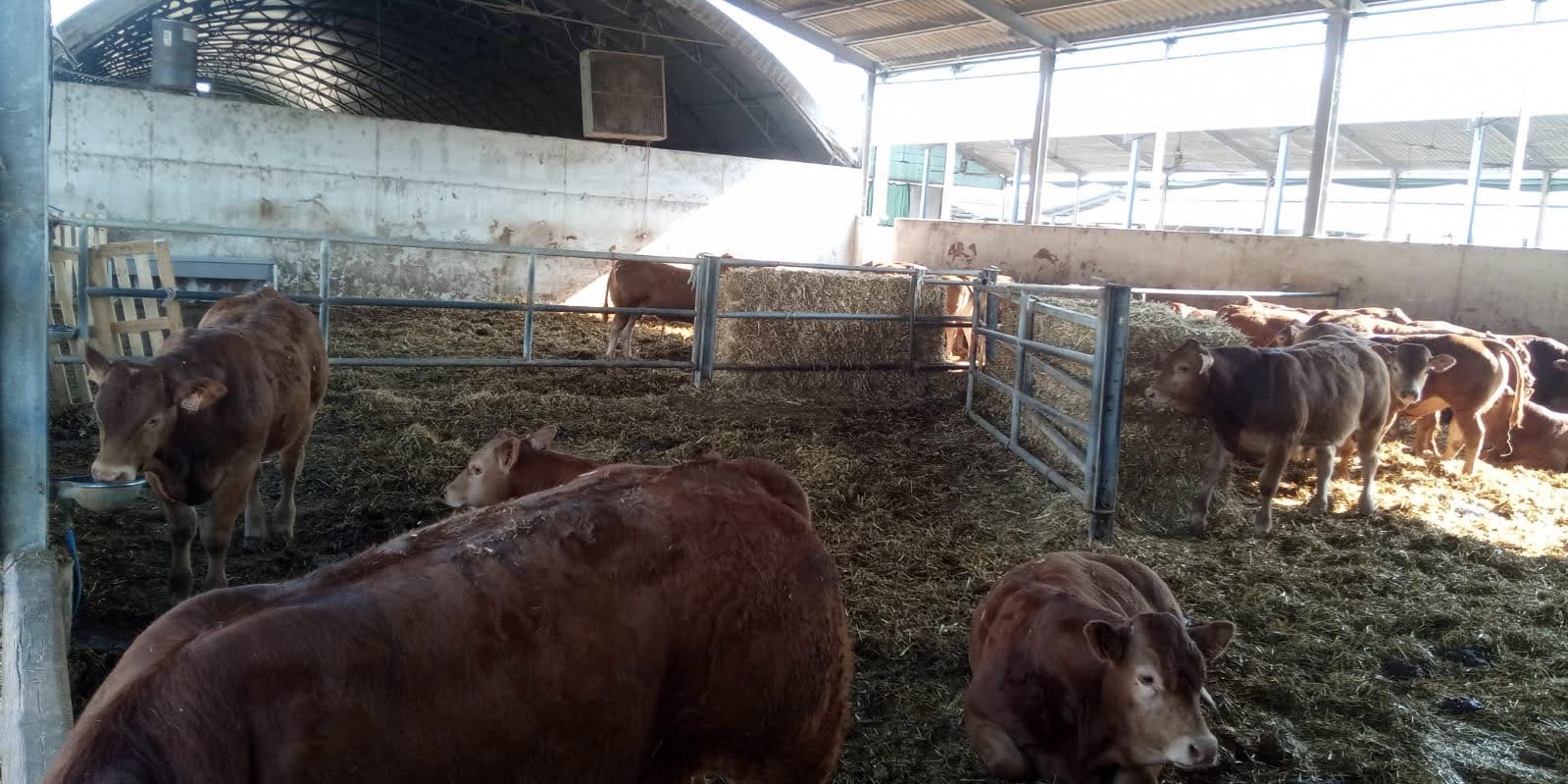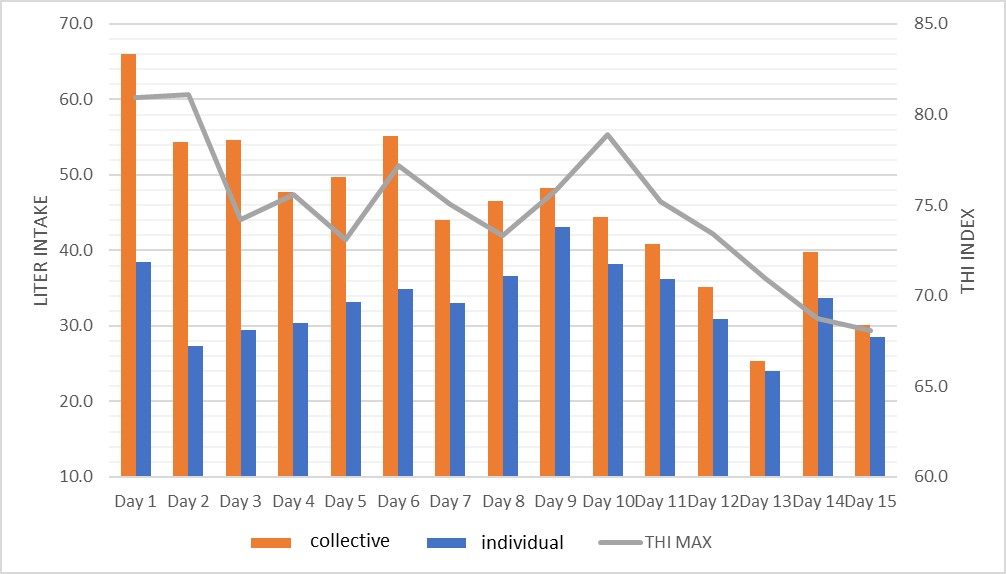| ||
Introduction to the challenge addressed This farm is located in North East of Italy (Padova province). The farmer rears 350 Limousine bulls and heifers, that are imported from France at around 8 to 9 months of age at an initial live weight of 300 kg, after a long travel on trucks (more than 10 hours). On arrival, animals are housed in a large deep litter pen allocated in a building separated from the fattening barns. It is well known that animals are very stressed from the travel, especially because of the difficulty to get access to drinking water. For this reason, the farmer decided to compare two types of drinkers: the traditional individual drinker and a large collective drinker. Farmer’s conviction was that a better health status of animals at the beginning guarantees better growth performances during the fattening period. | ||
| ||
Description of Innovation Right after arrival in July 2019, the farmer divided one single batch of 40 animals in two groups housed in the quarantine building. One group got access to water through individual drinkers and the other got access to water through a collective large tub. All drinkers were connected to a flow meter. The farmer monitored the daily water and feed consumption for the first 15 days, and he registered the temperatures and humidity to calculate the THI (temperature-humidity index). | ||
| ||
Impact on farm performance The farmer found out that bulls with collective drinkers drunk on average 12.3 L/day more than those with individual drinkers (45.5 vs. 33.2 L/day, respectively). Moreover, bulls with the collective drinkers ingested 0.87 kg of Total Mixed Ration (TMR) more than the other group (7.02 vs 6.15 kg as fed). This meant that animals with an easier access to water started the fattening period with higher performance than the others. These animals had the chance to better satisfy their requirements and thus were in a better condition of health and welfare. | ||
| ||
Audio-visual material
Collective and individual drinkers
Graph: water intake of the two groups of animals in the observation period
| ||
| ||
Farmer comment (for Good Practices) | ||
| ||
Further information
| ||
|


